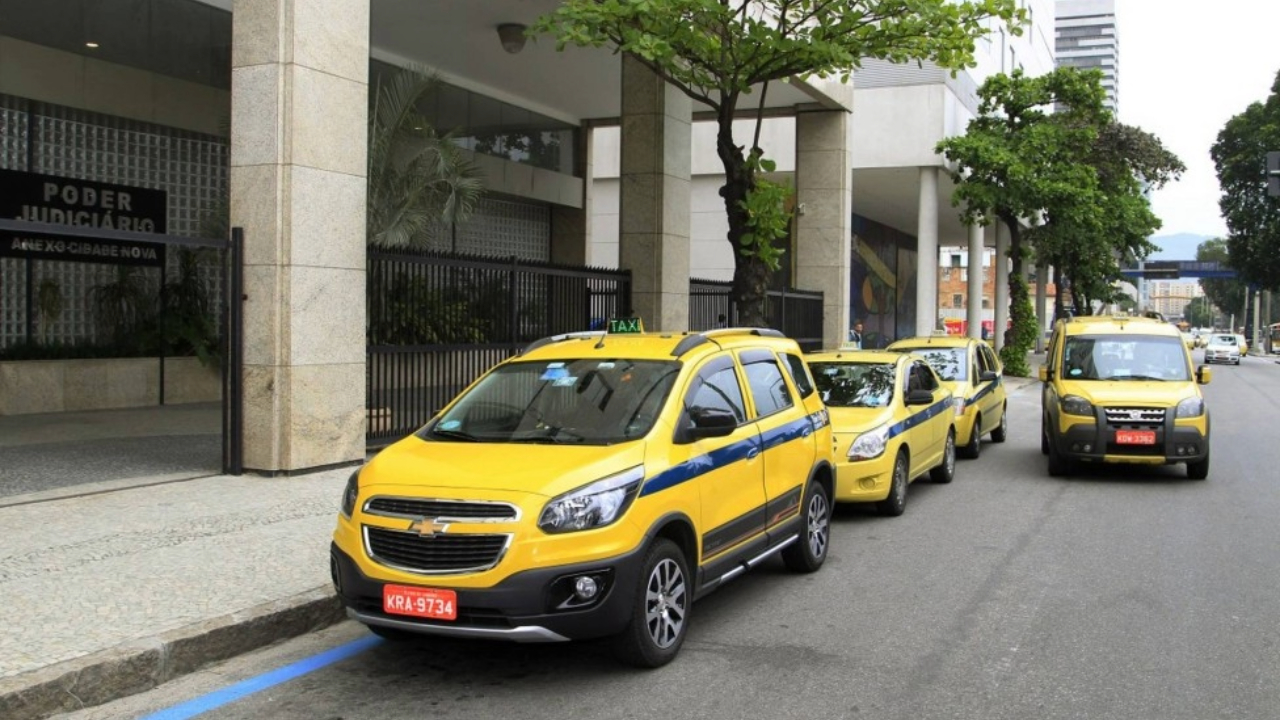Nowadays, the convenience of ordering a taxi or using a ride-hailing app is undeniable. However, this convenience can come at a high cost when not well planned, damaging your budget and compromising other financial priorities. For many people, stopping spending money on taxis seems like an impossible challenge, especially if public transportation is not a viable option or if there is a need for quick and safe transportation. But the good news is that there are simple strategies that can help you cut these costs significantly. In this article, we will explore foolproof tips to stop spending money on taxis and, in addition, save a lot more in your daily life!
1. Plan Your Trips in Advance
The first step to stop spending money on taxis is planning. We often use this type of service when we are in a hurry or when we have not planned our journeys. To avoid this trap, try to organize your routine and commitments in advance. For example, if you usually go to work at the same time every day, look for alternatives that can replace using a taxi. Creating a weekly calendar, marking the most common routes and your transportation alternatives (such as buses, subways, carpooling or even bicycles), helps you identify the best times and modes of transportation, avoiding unnecessary spending on private transportation services.
Additionally, try to combine your trips whenever possible. If you need to do several things on the same day, try to group them into a single trip, reducing the number of trips and, consequently, taxi costs. Planning your departures and routes not only helps to reduce the use of taxis, but also to optimize your time.
2. Use Shared Mobility Applications
If cutting out taxis completely isn’t an option for you, then reducing the cost of rides is a great start. To do this, use ride-sharing apps. Options like Uber Pool and the 99Share allow you to share the cost of the ride with other people who are going to nearby destinations. This means you pay a fraction of the amount you would pay for an individual ride.
In addition to being more economical, these options also help reduce the number of cars on the streets, contributing to smoother and less polluting traffic. However, it is important to plan ahead, as these trips usually take a little longer due to stops to pick up and drop off other passengers.
Another alternative is to use carpooling services, such as Blablacar, which connect people who are going to the same destination and want to share the transportation costs. Depending on the route and availability of times, it can be a cheaper and more interesting solution than the frequent use of taxis.
3. Adopt the Use of Public and Alternative Transport
It may seem like obvious advice, but using public transportation more is one of the most efficient ways to stop spending money on taxis. Depending on your city, buses, subways, and trains offer good alternatives for most daily commutes. To make using these forms of transportation more practical, always try to find out about peak times and the fastest lines for your route.
Another point to consider is alternative transportation, such as bicycles and electric scooters. In many urban centers, services such as Bike Itau, Yellow and Scoot They offer affordable prices and the advantage of being more agile on short journeys. If you live in a city with safe cycle paths, why not try cycling for faster journeys?
4. Choose to Walk Short Distances
Did you know that most people use taxis even for short distances? Instead of spending money on these short trips, why not opt for a walk? In addition to being healthier, walking is also a way to slow down and better observe the city around you.
We often take taxis out of habit, even when the distance is short. Before you call a ride, ask yourself the following question: “Is it really necessary to take a taxi right now?” If the answer is “no,” lace up your sneakers and walk. Over time, you’ll find that most short trips can be easily made on foot, and this can translate into significant savings over the course of the month.
5. Monitor Your Spending and Set Limits
Finally, to really stop spending on taxis, you need to have control over your spending habits. A good practice is to monitor how much you spend per month on taxis and transportation in general. Apps like Mobills, GuiaBolso and My Finances allow you to record all expenses and categorize them easily, helping you visualize where your money is going.
After tracking your spending for a few weeks, set a monthly limit for this type of expense. If you notice that you are approaching your limit, look for alternatives for subsequent trips, such as carpooling with friends, taking public transportation, or even opting not to make the trip if it is not urgent.
Having a specific budget and sticking to it helps create more conscious behavior regarding the use of taxis and paid transportation, preventing costs from getting out of control.
Conclusion:
Stopping spending money on taxis requires discipline and changing habits, but the benefits for your wallet are huge. Planning your trips, using shared transportation, exploring alternative options and monitoring your spending are essential steps to cutting this type of expense. With a little effort, you will see that it is possible to get around efficiently without compromising your budget. Put these foolproof tips into practice and start enjoying a more economical and less financially stressful day to day!


